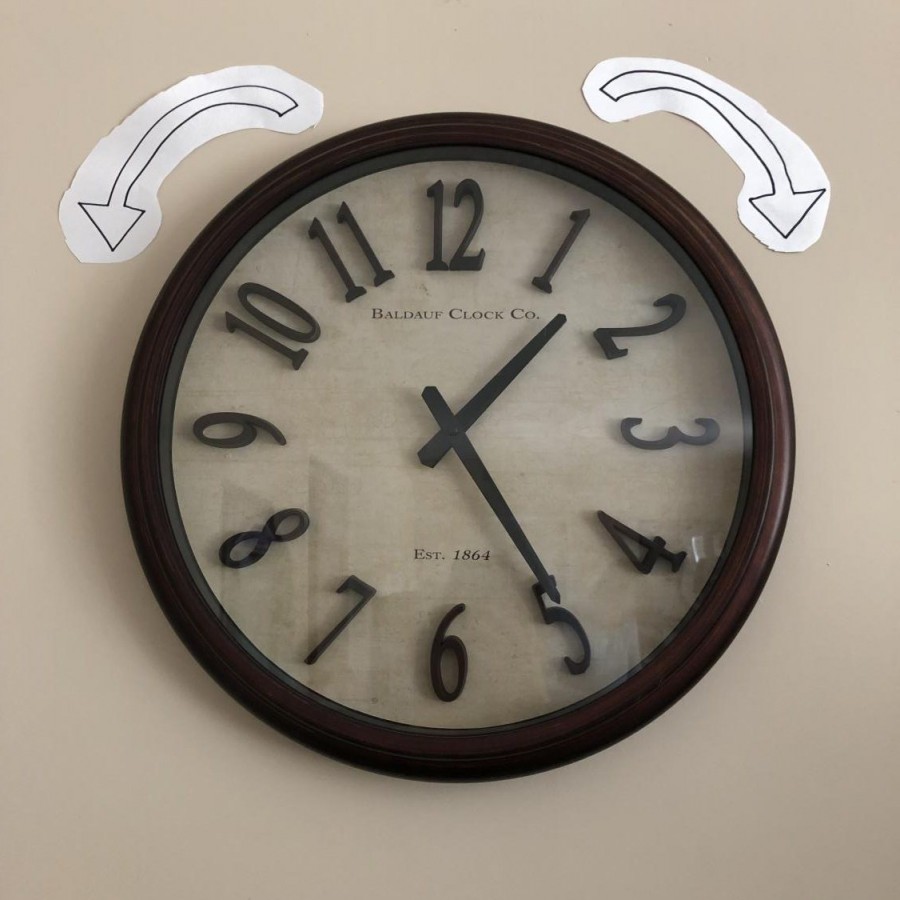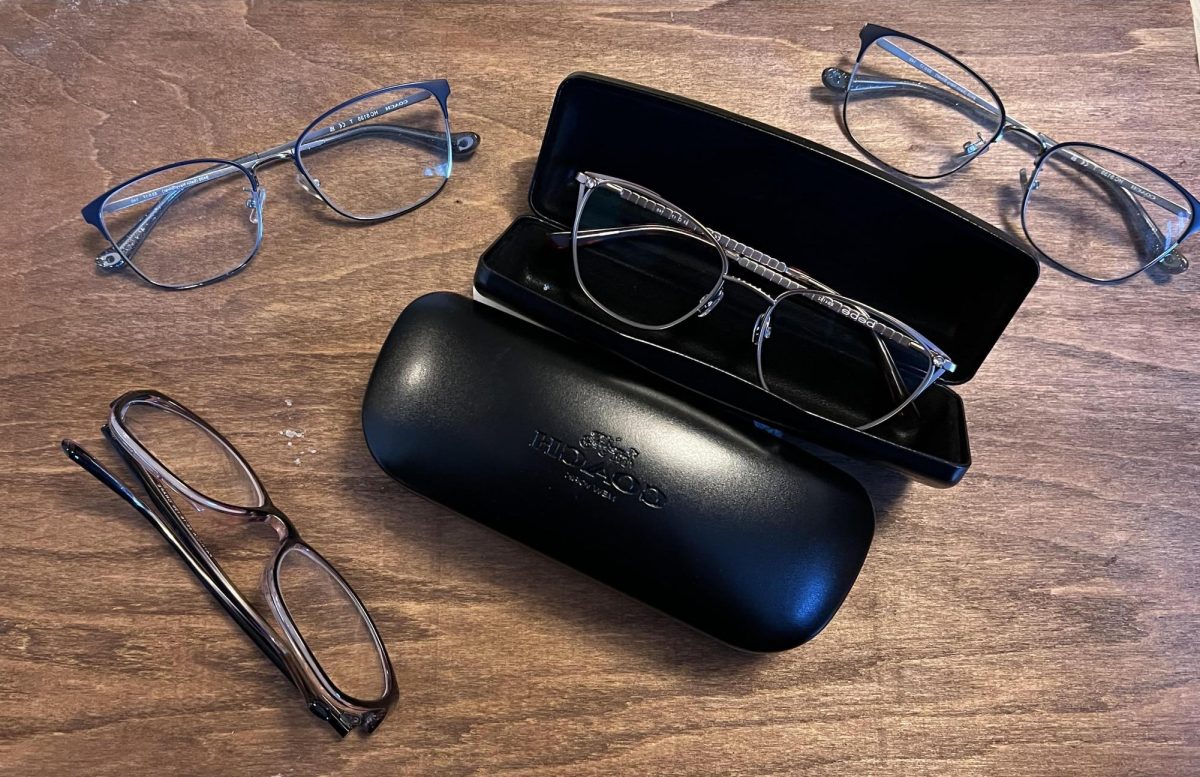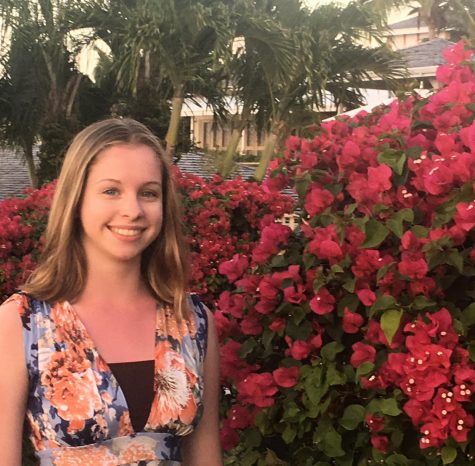Daylight saving time is the practice of setting clocks an hour ahead in the summer and then an hour back in the fall. The phrase “spring forward, fall back” is a common way to help people remember which way to move their clocks during what season.
Germany was the first country to adopt daylight saving on April 30, 1916 during the first world war. The Germans needed a way to use less energy. In the early 1900s, people burned coal to create energy and so changing the time really did save energy since people didn’t need to burn coal and could instead use daylight.
Soon after Germany changed their clocks other countries fighting in World War I also accepted this methodology, including England and the United States.
Even before Germany adopted daylight saving, in 1784 Benjamin Franklin presented concerns over the long days. He complained about being woken up at six in the morning to the sun.
At the time, he was in Paris and wrote a satirical essay that joked of how Parisians could be more economically efficient if they woke up at dawn and used natural sunlight as opposed to candles. Franklin didn’t come up with the idea of daylight saving; he simply wanted a sleeping schedule change.
On the other hand, William Willett proposed the idea of daylight saving because of his passion for the outdoors. Wanting workers to make the best use of sunlight, he was the one to actually propose the idea of changing the time.
All the United States has adopted daylight saving except for two states: Arizona and Hawaii. The exception is the Navajo Nation in Arizona which does follow the daylight saving rules.
The U.S. territories of American Samoa, Guam, Puerto Rico, the Virgin Islands and the Northern Mariana Islands also do not abide by the daylight saving and stay on standard time the whole year.
Currently, Florida Senator Marco Rubio is trying to get two bills passed in Congress to make daylight saving a year-round event for them. The first bill is focused on just changing just Florida. The second bill, the “Sunshine Protection Act”, wants this change to be enacted throughout the United States. Neither bills were passed by daylight saving and Florida moved their clocks back one hour.
“I don’t think getting rid of daylight saving would make that big of a difference because our bodies would already be used to the changing hours of sunlight,” senior Mahum Haque said. “We wouldn’t have to adapt to the daylight saving time and people in Asian countries don’t have daylight saving and they’re fine.”
It is easy to move a real clock back an hour, but changing a person’s internal clock is not as easy. Changing clocks disrupts people’s rhythm and time. In fact, there is an increase in heart attacks and car accidents during daylight saving.
During the spring when clocks are moved forward an hour, people obviously get less sleep because there actually is an hour lost. Consequently, this can lead to more accidents at the workplace and an increase in car accidents.
“I didn’t prepare for daylight saving at all. If anything, I completely forgot that it was coming to an end,” senior Jeanelle Cho said. “I accidentally stayed up way too late because I wasn’t thinking about the clocks changing.”
Seasonal Affective Disorder (SAD) and bipolar disorder can increase when the time changes, especially in the winter when it is gloomy and cold outside. People can also feel more tired or on the contrary more energized when the time changes.
“I feel like I’ve been extra tired because of how it becomes darker faster,” Haque said. “My brain thinks it’s time to sleep when it’s not.”
In order to combat these potential side effects of Daylight Saving, people can go to bed an hour earlier, eat nutritious foods or join a club. Fueling our bodies with the proper food will help ease the transition and help regain energy. Joining a club can help get involved during a time when seasonal depression can be consuming.









